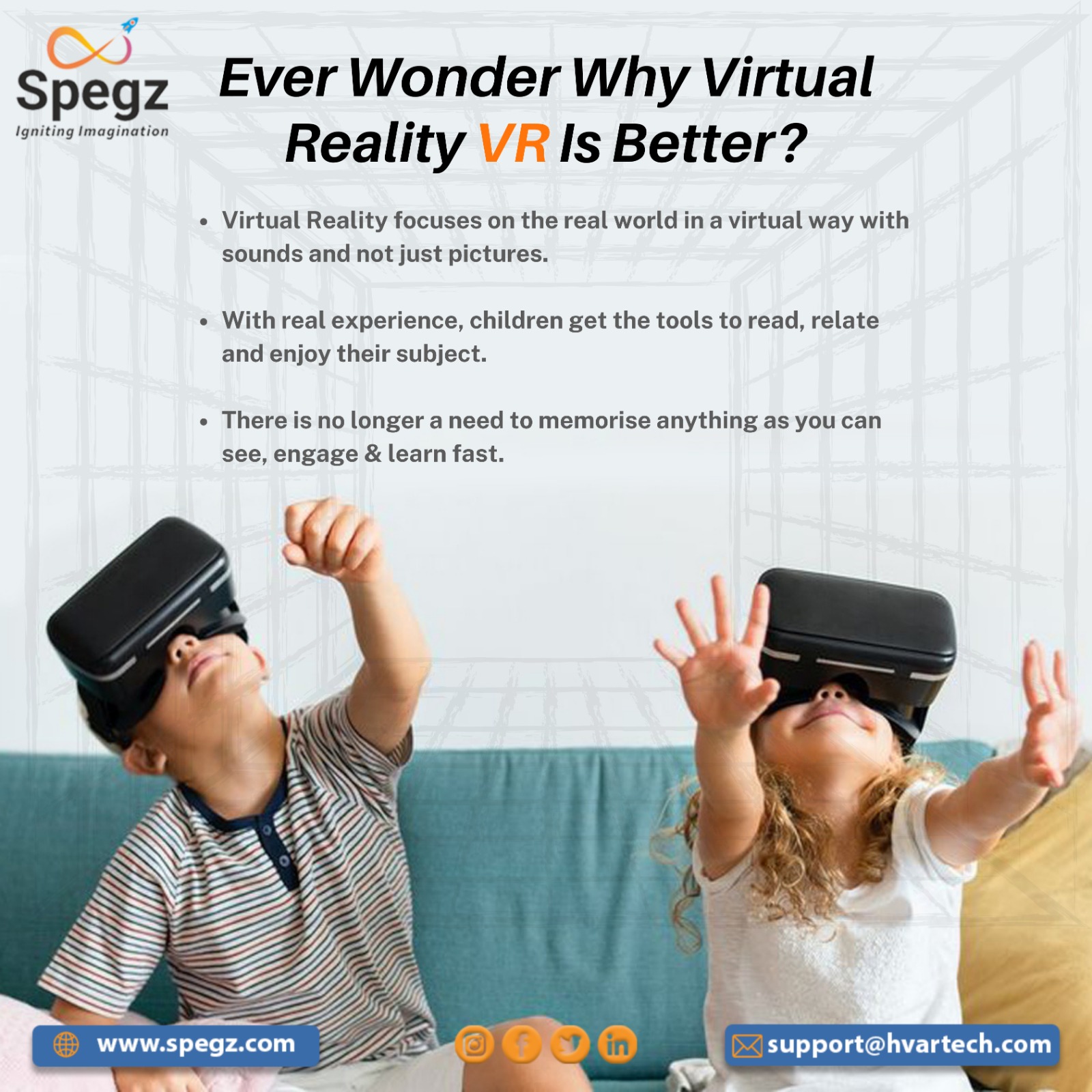Hands-on Experience with Virtual Reality in Education

Using virtual reality in classrooms often helps educationalist to overcome common, discipline-based restrictions. With programs-based learning that provide truly unique, hands-on experience, interesting, 360-degree views and content that support and helps deeper learning, the benefits of virtual reality in education include n number of options for keeping students engaged and even increasing their social and emotional connections to curricular topics and the study. And, as VR kits and access to quality content becomes more affordable, VR in schools is popular for good and so many reasons.
To the everyday observer, VR is perhaps thought of as a trend that's gracing the gaming world and immersing players. In the same way, however, it’s become an educational tool that enables teachers to immerse students further in classroom content. VR tools offer students an immersive learning experience that supplements the material teachers are presenting. This helps keep them engaged for longer periods of time and generates interests in new topics. And, since it’s still something relatively new to most students, it can also excite them with experiences they otherwise might never have -- like taking field trips to the desert or outer space.
Virtual reality, or VR, is expanding in education with the same increasing number of schools adopting the technology and getting used to it. VR allows students to experience destinations from across the world without ever having to leave the classroom. Imagine students being able to explore the Universe and Milkyway galaxy by siting on their chair. This is what virtual reality education allows.
Most people have heard of virtual reality (VR) but many people do not know what it is or how it is used in the education. VR refers to the super interactive and engaging content (images or videos) which enables the viewer to explore the entire 360 degrees of a scene and enjoy their study without any difficulty. The VR content can then be viewed or watched on VR headsets. SpegzVR can be used in education to teach Mathematics & Science for the Classes like 8th, 9th & 10th.
What’s more?
Virtual reality has a unique ability to inspire and engage students and let them study without being dependent on anything or anyone. Students can experience locations that would not be possible or too expensive to visit in person. In this way, VR can open a whole new world of possibilities to all the students who are willing to learn by enjoying.
Immersive engaging and innovative digital tools such as virtual reality, augmented reality, and mixed reality facilitate experiential learning that allows students to grasp theoretical concepts faster and in greater depth with engaging concept. Immersive learning enhances the learning process by adding content that is interactive and engaging, allowing for experimentation, practice, and learning by doing. This greatly appeals to an insatiable curiosity residing in young learners, and due to the possibility of multiple instances of connecting with key concepts, enables learners to work at their own pace and to their level of proficiency.
Using VR Tech, students understand complex scientific concepts with fun and ease, for example, when a student uses Virtual Reality to understand “Digestive System in a human body” the student will understand that while digestion. All these explanations are in 3D & 360° which will help the student to remember it easily and then recall whenever required. The example I have discussed here is just a glimpse of our vast VR content.
Virtual Reality is used in education to enhance student engagement with their study. VR creates the real world around the student. It can transform the way of education which is provided nowadays.
-Teams Spegz